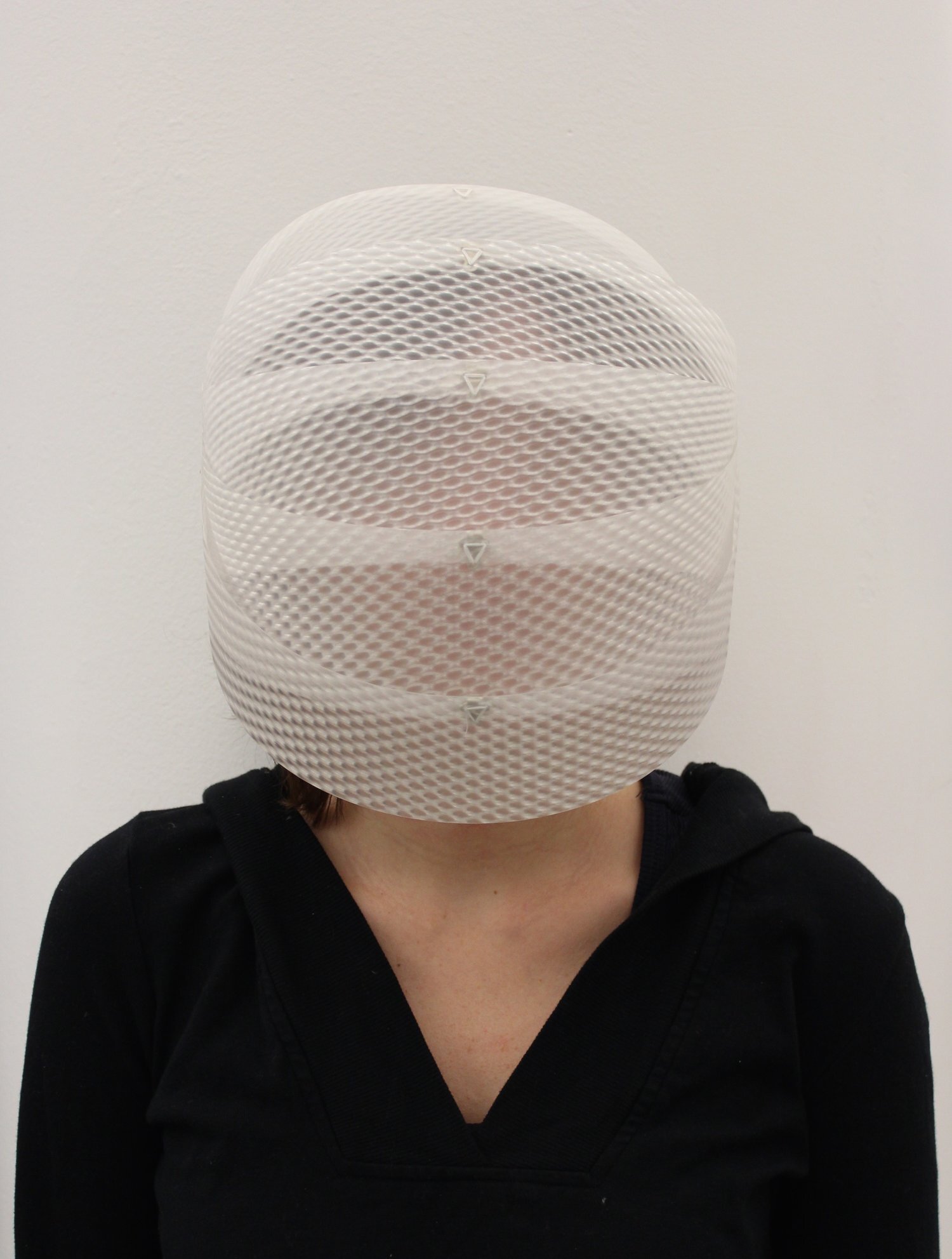Challenges of a sound artist:
Can we listen without looking?
Challenges
Our modern global environments are overstimulated. We are constantly focusing on many things at once. Finding ways to create listening environments is an ongoing challenge as a sound artist.
Goal
Find ways of creating listening environments to support imagination for soundscapes.
“A soundscape consists of events heard, not objects seen.”
Overview
Each soundscape is comprised of three parts:
The soundscape is the focus of the audio a person will listen to and is made from field recordings that are manipulated to create a sonic landscape with characters and interactions. The audio is intended to activate the imagination of the listeners so they begin their journey.
The mode of transmission is how people listen to that sound.
What a person perceives is the relationship they develop to what they are hearing in the soundscape within the transmission mode.
Visors were created as a transmission mode for people to listen to the sound.
“It’s like looking at the clouds with your ears.”
Visors are modular attachments to headphones to create a personal immersive environment. The listener is not able to see their surroundings in detail. As a consequence, the listener is allowed to disconnect. Unlike a blindfold, the visors do not apply pressure to the face; instead, the visors connect to headphones. The exterior of one visor is reflective silver, so people can see themselves looking at the person wearing the visor. The listener in the silver visor cannot see out because the inside is opaque white. The other visor is white plastic with a hive-like pattern that hides the wearer's face from the public.
Process
The visors created a safe, cocoon-like space to experience the soundscape. Users reported that they felt like they were in their little bubble. They knew where they were and that other people could see them; however, they did not care. For participants who wore the silver visor, many said they liked that light could still leak in. The visor also created a barrier between them and their surroundings. The response was similar to the white visor with a pattern, but people said they could see general shapes or shadows of their surroundings; however, they were not very distracted or interested in what was happening on the other side of the visor.
The process also included several rounds of prototyping for construction and material. One visor is reflective silver, so people can see themselves looking at the person wearing it. The inside of that visor is opaque white so that the listener cannot see others. The other visor is white plastic with a hive-like pattern that hides the wearer's face from the public. The white pattern reminds me of the arches of the Mosque-Cathedral of Cordoba, designed to provoke meditation through pattern repetition. The visors I have made that attach to headphones are a way to isolate from distractions and create a safe, cocoon-like space to experience the soundscape and create their own experience based on their interpretation.
Conclusion
Can we listen without looking at the challenges a sound artist faces? I concluded that yes, if the conditions allow for it. Within a controlled environment, people can listen and experience sound without visual aids. However, getting to that point where a person is not distracted by visual stimuli requires planning, preparation, foresight, trial, and error. For this to work effectively, listeners must buy in and allow themselves to be vulnerable. Suppose a listener is allowing themselves to be vulnerable. In that case, the sound artist (or curator) empowers the listeners to feel safe. A listener must feel safe enough to let go of sight in exchange for the auditory experience.









